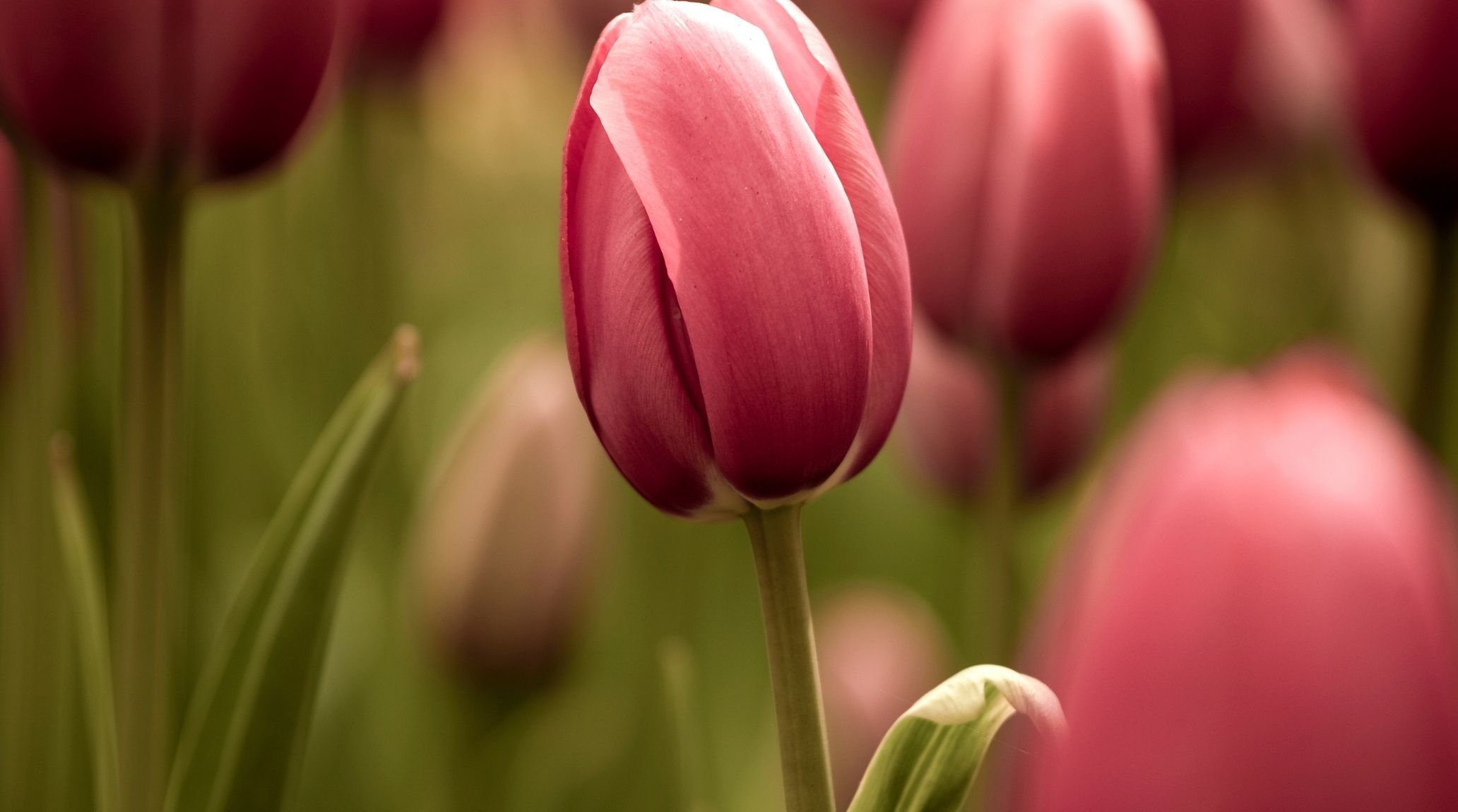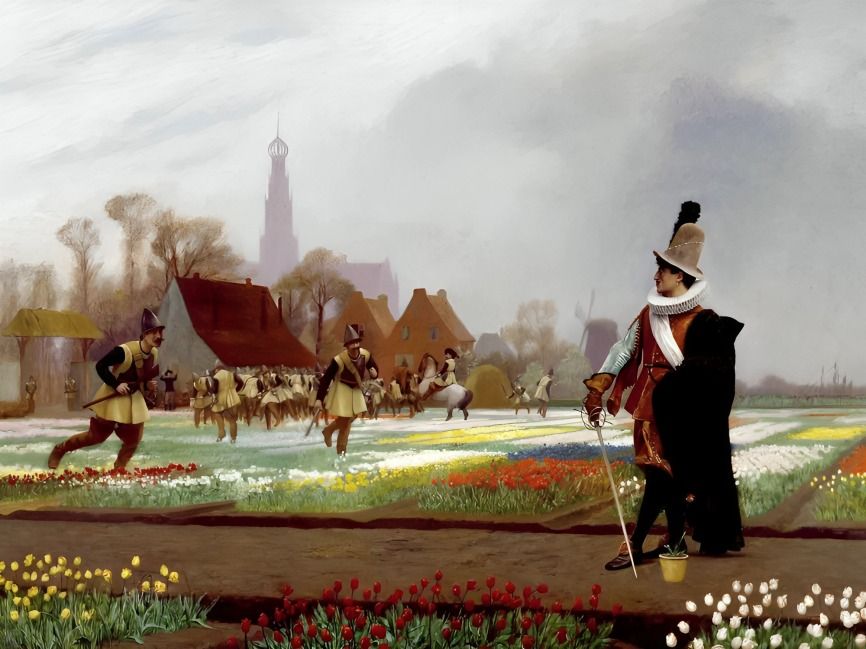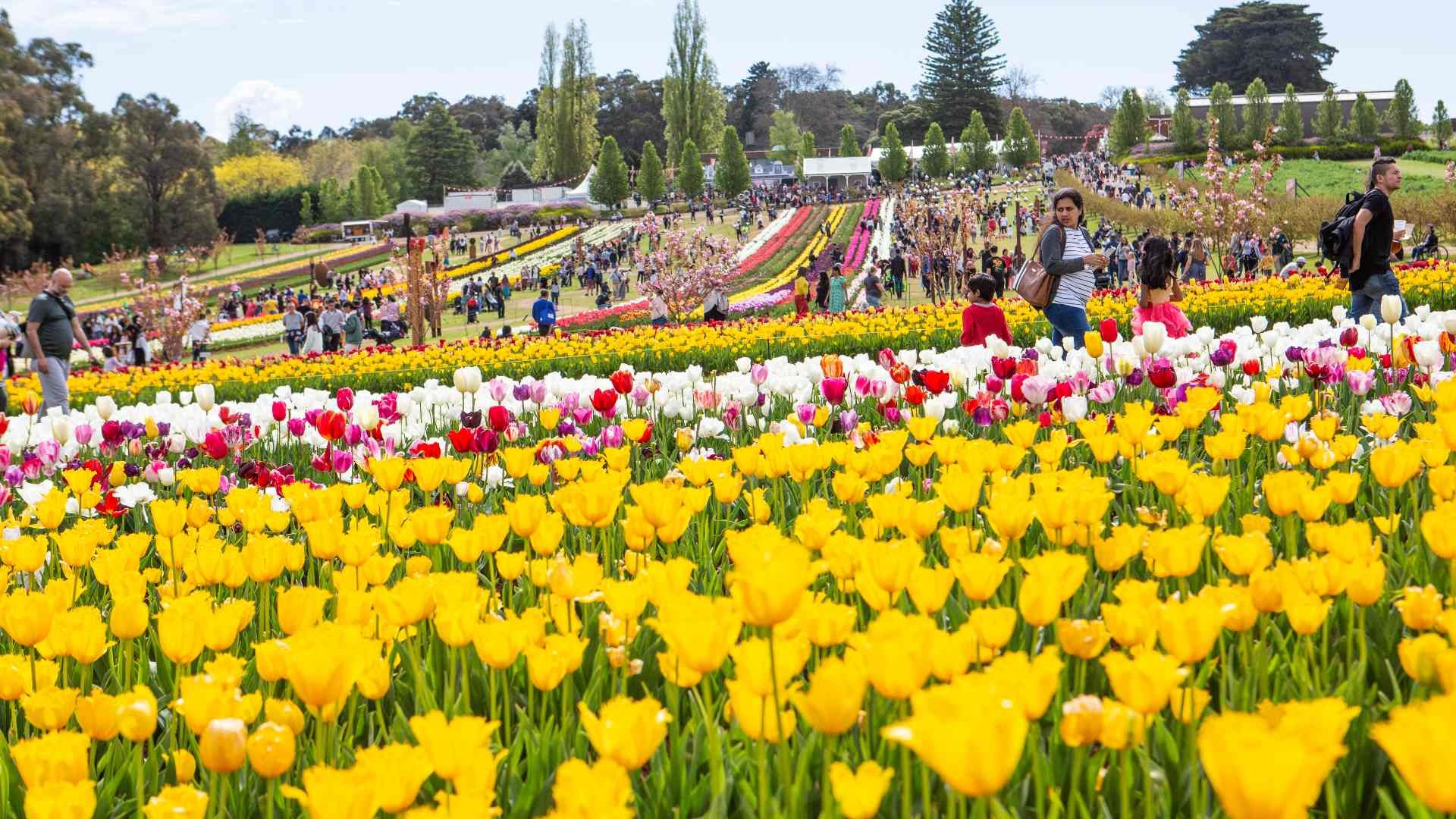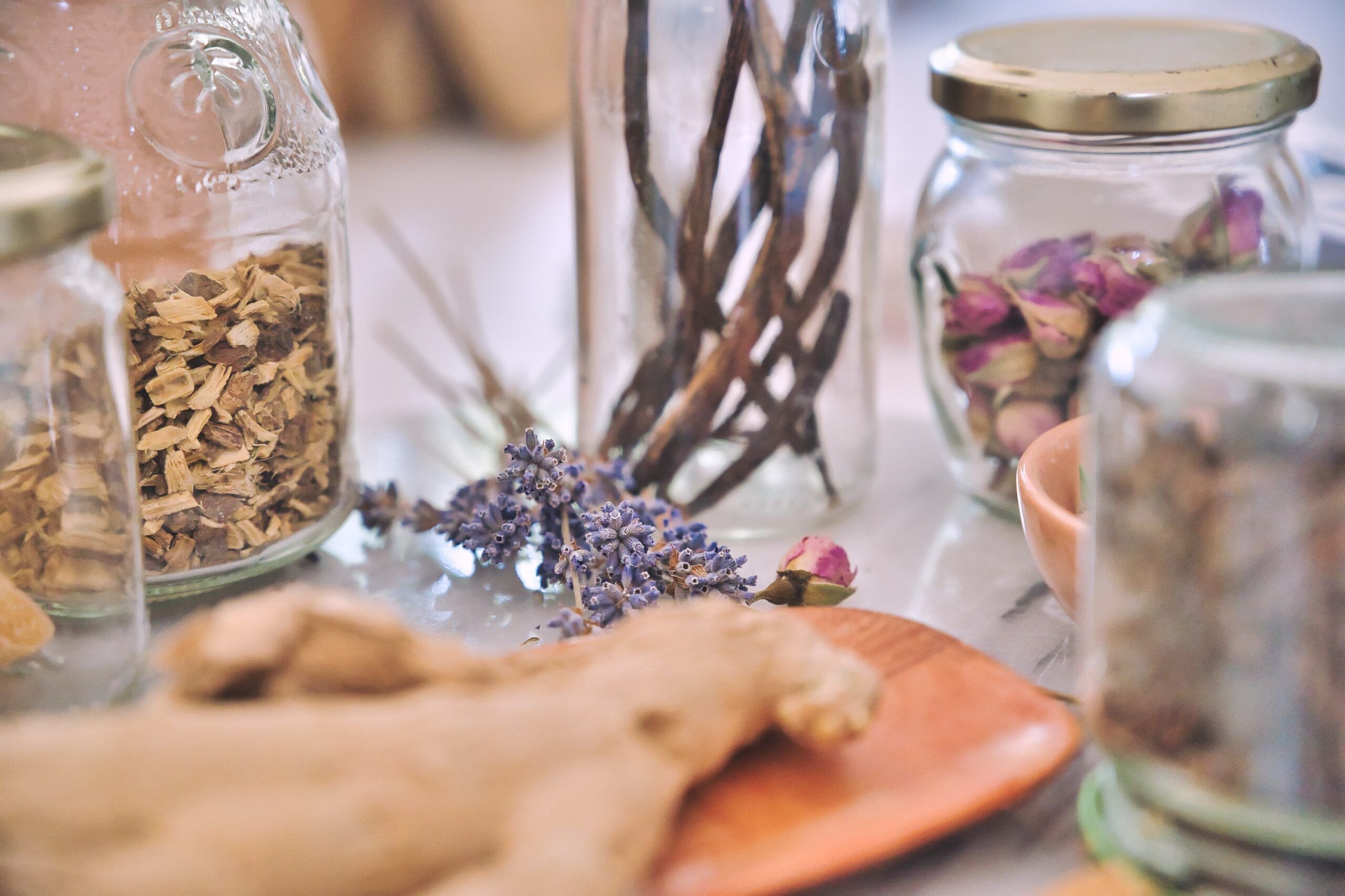
“
Tulips, with their stunning array of colors and elegant shapes, are more than just beautiful flowers; they are fascinating plants that captivate gardeners of all ages. Join us as we delve into 20 lesser-known facts about tulips, exploring the captivating world of these exquisite blooms and uncovering the secrets that make them truly special. Whether you're a seasoned gardener or just beginning to explore the wonders of the plant kingdom, these fascinating tidbits about tulips are sure to spark your interest and deepen your love for these enchanting plants.1
1
”
Tulips originated centuries ago in Central Asia and Turkey, where they grew wild in mountainous regions. They were cultivated and hybridized extensively, leading to the wide variety of colors and shapes we see today. 1
There are over 100 species of tulips, each offering a unique variety of colors, shapes, and sizes. This diversity makes tulips a popular choice for gardeners and floral enthusiasts, showcasing a wide range of beauty and elegance in gardens. 2
The most bulbs planted by a team in one hour is 41,089, achieved by Thanksgiving Point in Utah, where tulip and dahlia bulbs were strategically planted across the Ashton Botanical Gardens, expected to bloom beautifully in Spring 2023. 3

In the 17th century, tulips became so highly valued in the Netherlands that they sparked an economic craze known as "Tulip Mania." At one point, tulip bulbs were even more valuable than gold!
Tulips can continue to grow even after being cut. Once in a vase, they may keep elongating, a unique characteristic that can enhance their appearance and prolong their beauty in floral arrangements.4
Did you know that tulips close their petals at night and on cloudy days? This behavior helps protect their pollen from moisture and cold temperatures, ensuring successful pollination during sunny days. 5
In a remarkable community effort, 1,463 people in Lee County, Iowa, simultaneously planted flower bulbs, each contributing 5 tulip bulbs in various colors, showcasing the power of collective effort in a 33-minute planting session in October 2016. 6
Some tulip petals are edible and can be used in salads, desserts, or as garnishes. Their mild flavor and colorful appearance make them a unique addition to various dishes, offering both visual appeal and a subtle taste. 7

Tulip festivals are celebrated worldwide, showcasing the vibrant colors and beauty of tulips. These festivals attract visitors with stunning displays, cultural events, and activities, highlighting the tulip’s global appeal and significance in various regions.
Some of the most famous tulip varieties include the elegant Darwin hybrids, the fringed and feathery parrot tulips, and the early-blooming Kaufmanniana tulips, each prized for their distinctive characteristics. 8
Tulips were first introduced to Europe in the 16th century by Austrian ambassador Ogier Ghiselin de Busbecq. His introduction of these exotic flowers sparked a fascination that led to their widespread popularity across Europe. 9
Tulips attract pollinators such as bees and butterflies with their bright colors and sweet nectar. They play a vital role in supporting biodiversity and ecosystem health in gardens and natural habitats. 10

Historically, tulip bulbs were used in herbal medicine for their believed healing properties. Although not commonly used today, their medicinal history contributes to the cultural heritage of tulips, highlighting their significance beyond ornamental value.
Tulips follow a distinct growth cycle, starting with bulb planting in autumn. They lie dormant through winter, burst into colorful blooms in spring, and eventually go dormant again after flowering. 11
Tulips have a long flowering period, typically blooming for several weeks. Their extended bloom time allows for a prolonged display of vibrant colors, making them a favorite choice for gardens and floral arrangements throughout the spring season. 12
Tulips are environmentally friendly plants that require minimal water and care once established. Their low maintenance makes them ideal for sustainable gardening practices and water-wise landscapes. 13
Tulips are the national flower of the Netherlands, reflecting the country's deep connection to these vibrant blooms. Tulip seeds can take a considerable time to germinate, often needing 6 to 12 months or even longer to sprout. 14
For successful tulip gardening, select firm, undamaged bulbs free from mold. Plant them in well-drained soil, ideally in a sunny location, and avoid overwatering to prevent bulb rot. Proper care ensures healthy blooms in the spring. 15
As gardening practices evolve, so does tulip cultivation. Scientists and breeders continue to develop new varieties with enhanced colors, shapes, and disease resistance, ensuring a bright future for these beloved flowers. 16
The tulip industry began in Holland in the 1500s when botanist Carolus Clusius received tulip bulbs from a sultan's ambassador. Although he kept the bulbs private, their value led to repeated thefts, sparking Holland’s tulip industry. 17


